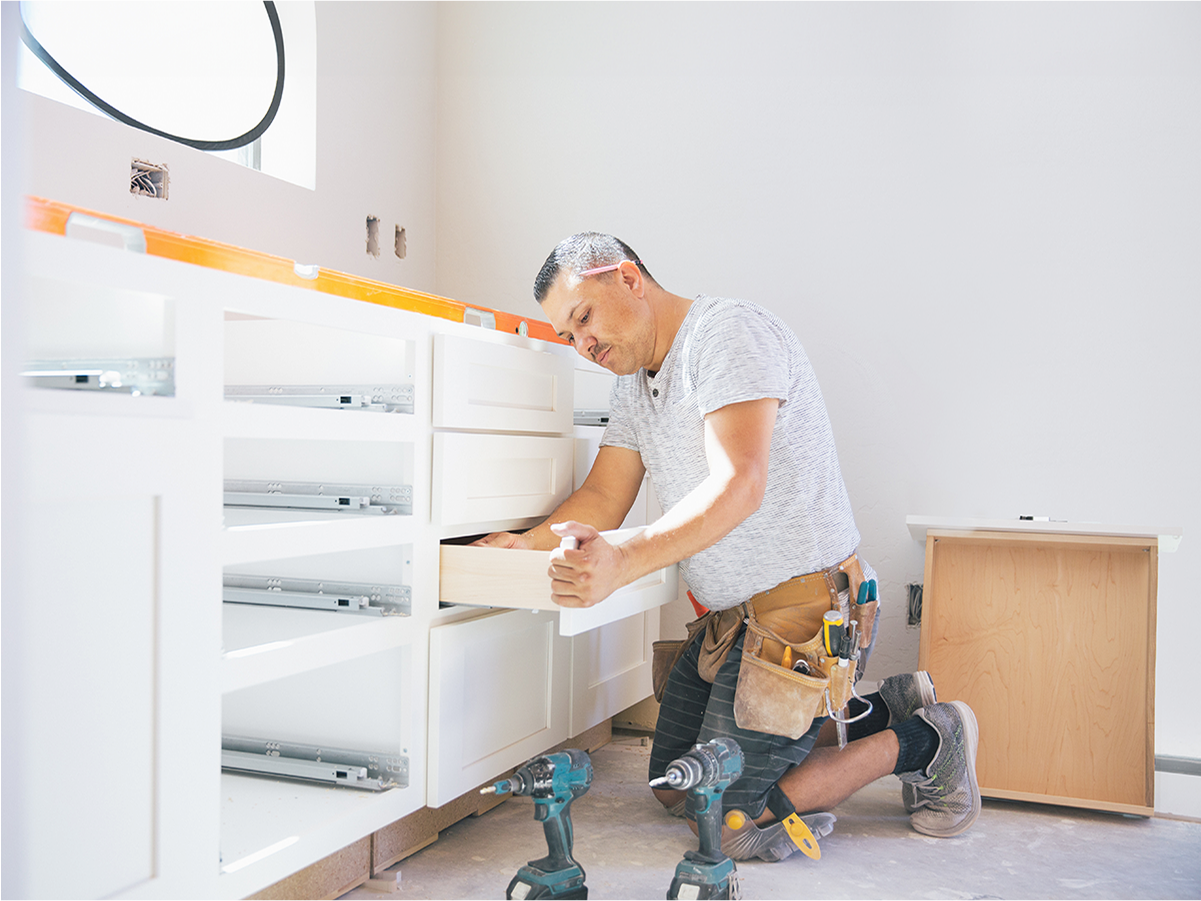
Published April 6, 2020
6 Energy-Efficient Endeavors That Save Homeowners Money
“Going green” used to mean spending more money to reduce your carbon footprint, but that’s no longer the case. Today, it’s all about efficiency.
When things run efficiently, they require less energy and cost less to operate—and that goes for homes, too. There are multiple eco-friendly investments you can make to your home that actually reduce costs, not just your carbon footprint. While some require an up-front cost, each has the ability to pay for itself over time—and you have the power to decide which investment is right for you.
Here’s an Idea: LED Lightbulbs
LED lightbulbs produce the same light at a fraction of the cost. Sure, most of your lightbulbs are probably still working, but replacing them with energy-efficient LEDs means you don’t have to wait to get the savings. For a modest investment, these bulbs pay you back in the first year.
Slay Your Home’s “Energy Vampires”
Electronic devices like TVs and coffeemakers that stay plugged in all the time can syphon power even when they’re switched off. These “energy vampires” cost homeowners up to $200 per year! Smart power strips stop power from being delivered to electronics when they’re not in use. Some are programmable, while others can be controlled remotely.
Get with the Program
A programmable or smart thermostat can save you up to $180 per year, and you can make them as personalized as you want. At the very least, set them to match your weekly work schedule so you’re not heating an empty house all day. Smart thermostats can take it a step further, allowing you to control from your phone. Either way, you save energy and money.
Hot is Hot Enough
According to the Environmental Protection Agency, a water heater set at 140 degrees or higher can waste between $36 and $61 each year. Instead, set your heater to 125 degrees—plenty of heat for a hot shower, but with far less wasted energy. Also, consider a high-efficiency tankless water heater that heats water only when you need it.
Reach for the Stars
Energy Star appliances use substantially less energy that their less-efficient counterparts. Yes, they cost more up front, but they’re 9%-25% less expensive to operate. Replacing all of your appliances with Energy Star appliances could reduce your energy consumption by almost 30%.
Solar Panels
Among the largest investments you could make into building an eco-friendly home is installing solar panels. The cost for solar energy continues to drop (20% over the past five years), but expect to invest $10,000-$15,000 for the initial install. For that reason, this should be seen as a long-term investment that looks at decades, not years. The average household pays roughly $1,400 per year for electricity, meaning it could take up to 10 years to break even. After that, the savings can be substantial.
Explore our Financial Literacy Hub and our blog for content that helps you make money decisions confidently.

Use home equity for what you value most
Our Value Home Equity options let you access up to 95% of your home's value when you need it, whether that's a major renovation project or paying college tuition.


